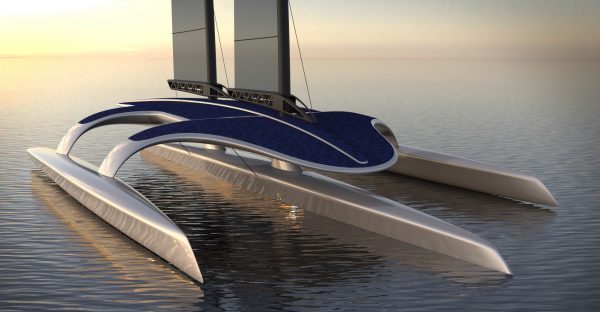Two months after beginning from England, the unmanned Mayflower Autonomous Ship (MAS) arrived in Plymouth, Massachusetts on June 30.
The vessel has now become the largest uncrewed vessel to complete the trans-Atlantic crossing and is considered a milestone in the development of autonomous technologies.
[smlsubform prepend=”GET THE SAFETY4SEA IN YOUR INBOX!” showname=false emailtxt=”” emailholder=”Enter your email address” showsubmit=true submittxt=”Submit” jsthanks=false thankyou=”Thank you for subscribing to our mailing list”]
The project started in 2016 by the non-profit maritime research organization ProMare, aiming to use artificial intelligence to help in the collection of marine research data.
IBM and others joined the project helping to develop the technology including six AI-powered cameras, more than 30 sensors, and 15 edge devices, all of which input into actionable recommendations for the “AI Captain” to interpret and analyze.
According to the technology team, the data coming from the sensors and the programming of the systems made it possible for the AI Captain to comply with maritime law while making crucial split-second decisions.
In addition, the AI Captain learned from data, postulated alternative choices, assessed and optimized decisions, while managing risk to complete the crossing.
This was the second attempt by the vessel to cross the Atlantic, as in 2021 a voyage was canceled because of a mechanical failure. However, the 2022 crossing also has its mechanical problems, that made the ship divert to the Azores where problems were diagnosed and was refueled.
The team monitoring the voyage decided in June to divert once again to Halifax, Canada after experiencing additional mechanical problems. The Mayflower departed Canada on Monday, June 27 for the final leg of the journey, completing an estimated 3,900 nautical miles without a crew aboard.




























































